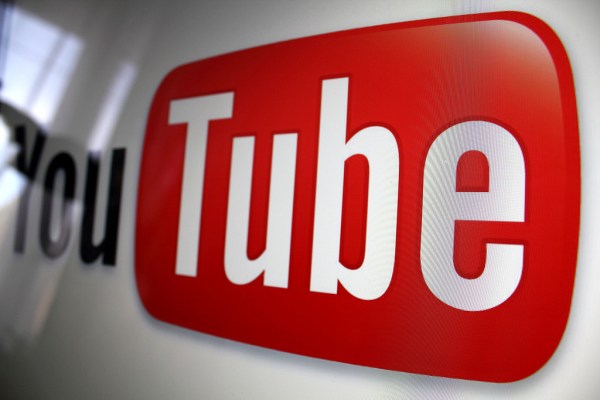
YouTube in September announced a $100 million fund to invest in new children’s video content, following its $170 million settlement with the FTC over children’s privacy law violations. The fund was meant to help soften the blow for children’s content creators on YouTube, who are being financially impacted by the changes the FTC required of their channels. Now we have the first bit of insight into what sort of content YouTube plans to back with the fund’s resources.
According to a report by Bloomberg, YouTube is looking to fund videos that “drive outcomes associated with the following character strengths”: courage, compassion, communication, gratitude, curiosity, humility, teamwork, integrity, perseverance, self-control, empathy and creativity.
The details were shared in a note to partners, the report said.
“All our programming will seek to support kids in uncovering their unique strengths and passions,” the note read. “Specifically, we want to develop content that inspires children to develop life skills and pursue their passions; establish healthy habits and care for themselves; increase their understanding of culture and diversity; and/or engage with and care for their community.”
YouTube confirmed the report’s accuracy to TechCrunch. It said the company is now in discussions with partners, but further details on the kids’ content fund wouldn’t be shared until later this year.
The planned $100 million investment, which will be distributed over the next three years, is meant to help set the tone for the sort of children’s video content YouTube wants to see more of on its video-sharing platform. Today, a number of creators in the kids’ space are gaining views for things like toy unboxings, pranks and family vlogs. For example, Ryan Kaji of “Ryan’s World” and “Ryan ToysReview” was YouTube’s highest-paid star of 2019, pulling in a massive $26 million.
Parents, on the other hand, don’t often care for their kids’ addiction to this sort of lightweight, consumer-driven content. And thanks to updated screen time controls across iPhone and Android, they can now choose to limit the time their kids spend on YouTube. And with a growing number of streaming services on the market, including the kid-friendly Disney+, kids and families have other options.
The move to fund an elevated set of kids’ content could also help YouTube attract more advertising dollars, as companies are looking to pair their marketing messages with “brand-safe” content, which can be hit-or-miss on YouTube at times.
YouTube has no immediate concerns on the ad revenue front, having pulled in $15 billion in 2019. But the company knows there’s still so much more room to grow, given the TV ad market still massively dwarfs YouTube, with $70 billion in ad spending last year.
